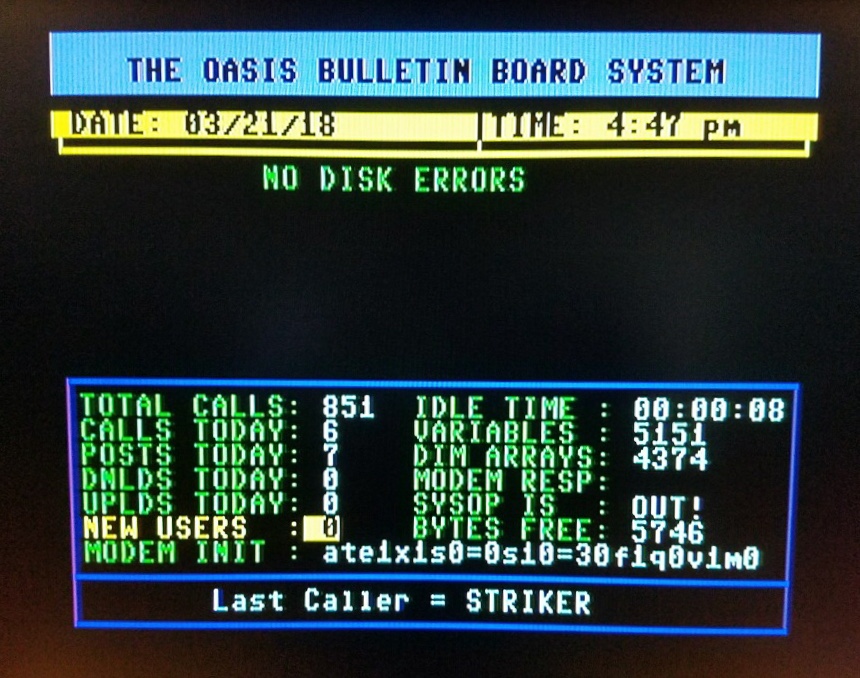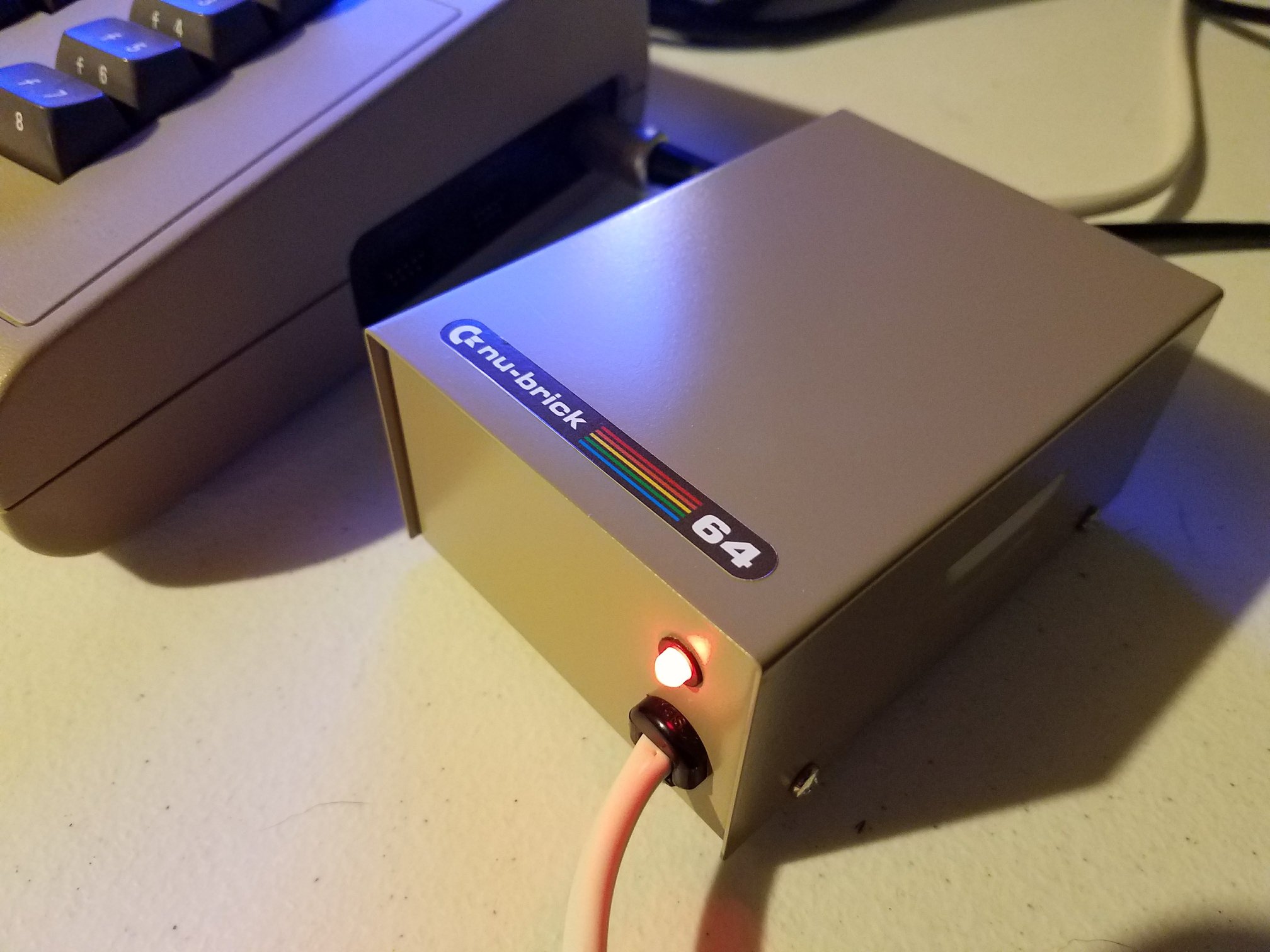RobSmithDev returns with an Amiga sampler roundup that explores four classic 8 bit sound samplers and checks how they compare. The video reviews their hardware, the software they include, and the results from several audio tests. This Amiga sampler roundup even opens each unit to study how they were built. Anyone curious about differences between these retro cartridges will enjoy the full breakdown.
A Look at Four Classic Samplers
The video starts with the Techno Sound Turbo, a well-known cartridge with a tidy box, manual, and software disc. Next comes the Microdeal Master Sound, a larger unit from 1990 with simple software and basic tools. The Megalo Sound follows, standing out with a compact case, stereo recording, and a thick manual. The last unit is the Trilogic Stereo Sampler MK2, a strange device with a pass-through block and a mixed reputation.
Each sampler connects through the Amiga parallel port, so the host machine drives most of the work. This Amiga sampler roundup highlights how much the bundled software shapes the experience, especially during editing.
Software Walkthrough and Recording Tests
The Master Sound software feels dated but workable. It records clean audio but offers limited editing. The Techno Sound Turbo program feels smoother and gives the user constant visual feedback. It includes effects and more mouse-friendly tools.
Megalo Sound delivers the most polished interface. It loads from Workbench, offers many options, and supports real-time effects that make testing fun. Trilogic software is missing, so only its hardware can be inspected.
The creator then runs a series of controlled audio tests. These feature silent input, sine waves, mixed high-frequency tones, multi-tone recordings, and a full frequency sweep. Each sampler performs differently. Megalo Sound ranks highest in the balanced overview, though Techno Sound Turbo leads a few specific categories. Oddly, the Techno Sound Turbo shows distortion at one specific level, raising questions about the cartridge used in the video.
Opening the Hardware
Next, each sampler is opened and inspected. Some use very small boards inside large cases, which brings a few laughs. Many reuse the same analog-to-digital converters and switching chips, though each board arranges them in its own way. The comparison reveals clear similarities between the Techno Sound Turbo and a sampler design published in CU Amiga magazine, which raises an eyebrow.
Final Thoughts
This video offers a thorough look at these retro audio tools. Anyone who enjoys classic Amiga hardware or wants to see where these cartridges differ will enjoy the full breakdown. The careful tests, inside views, and clear explanations make this Amiga sampler roundup well worth watching.







